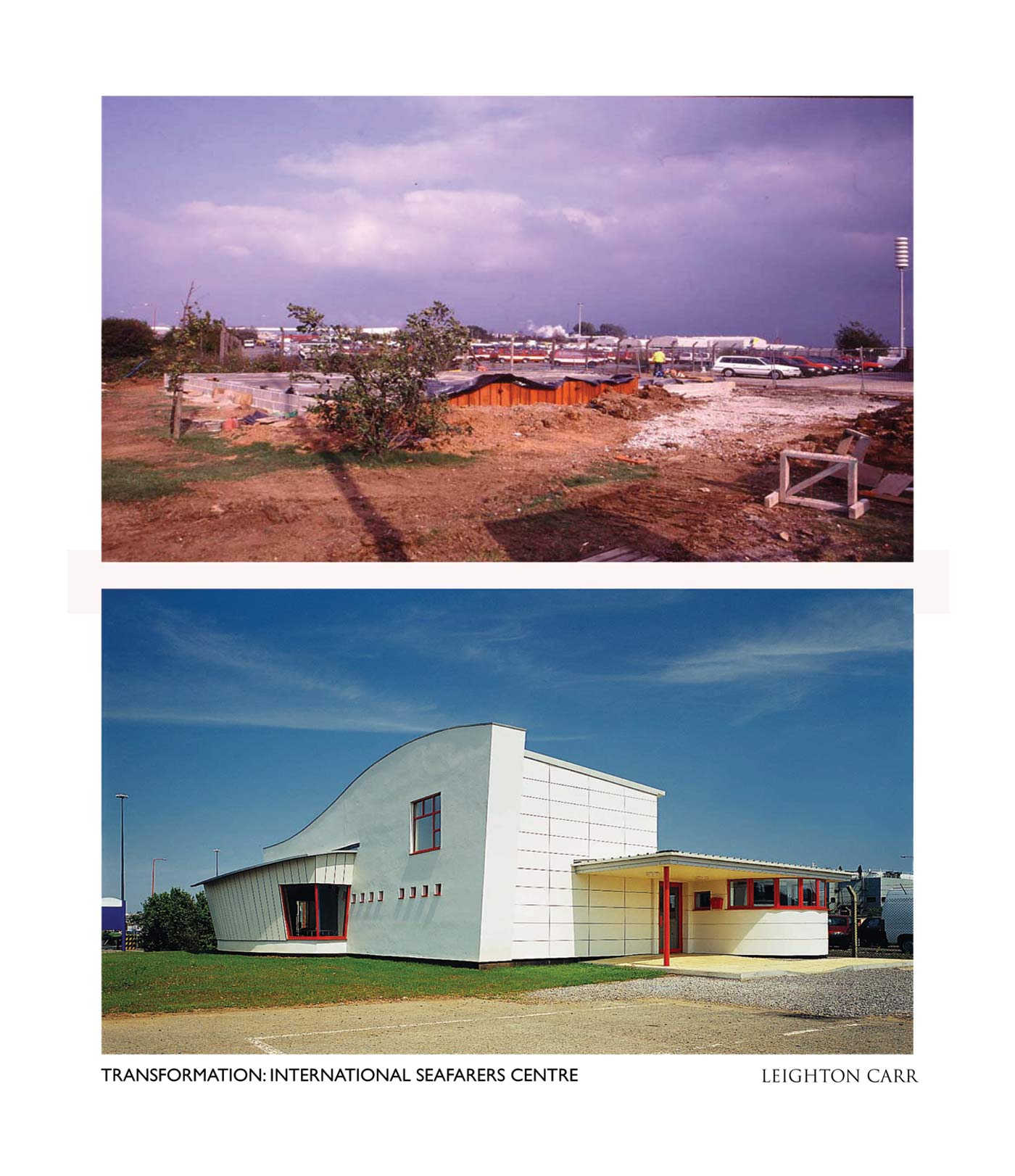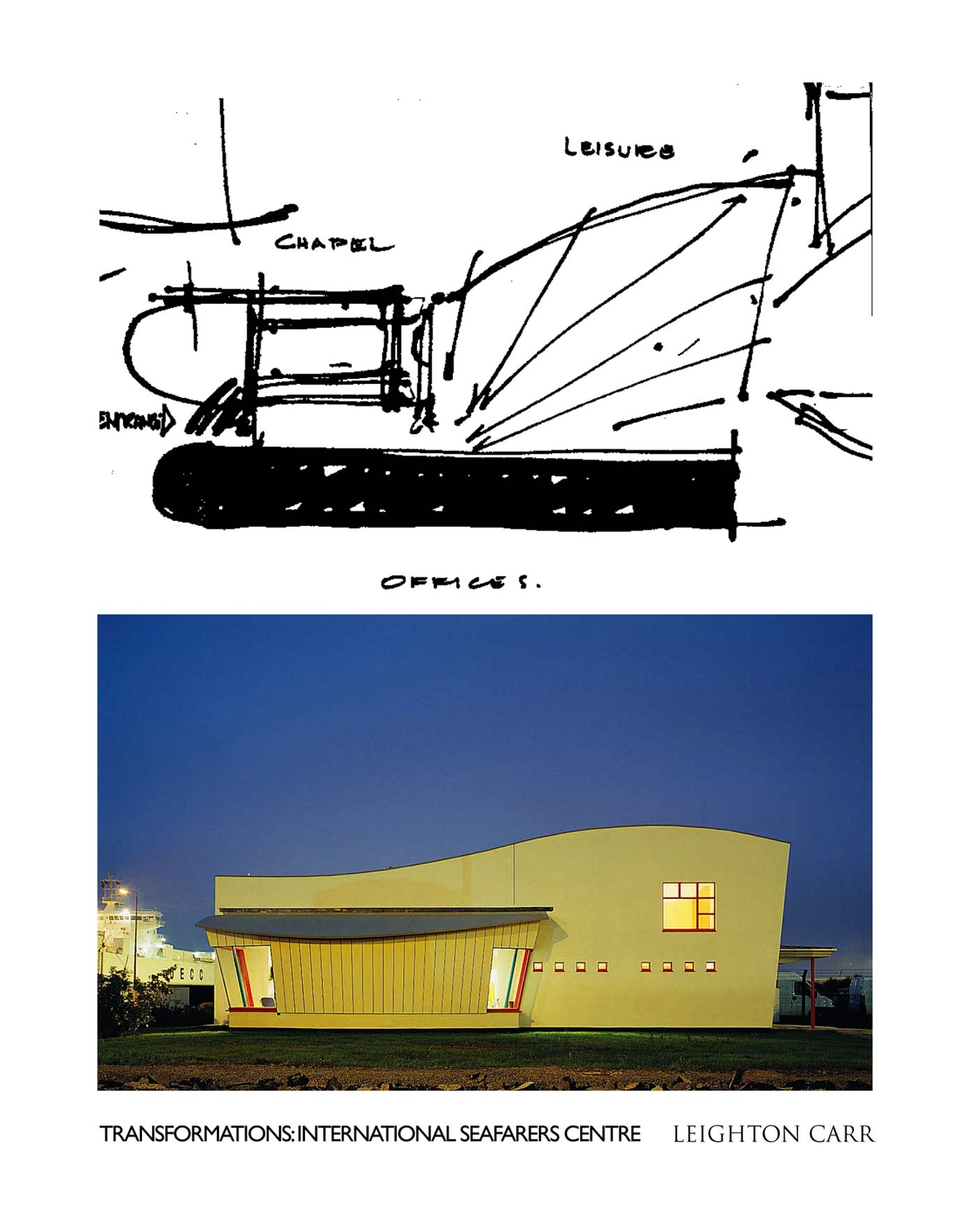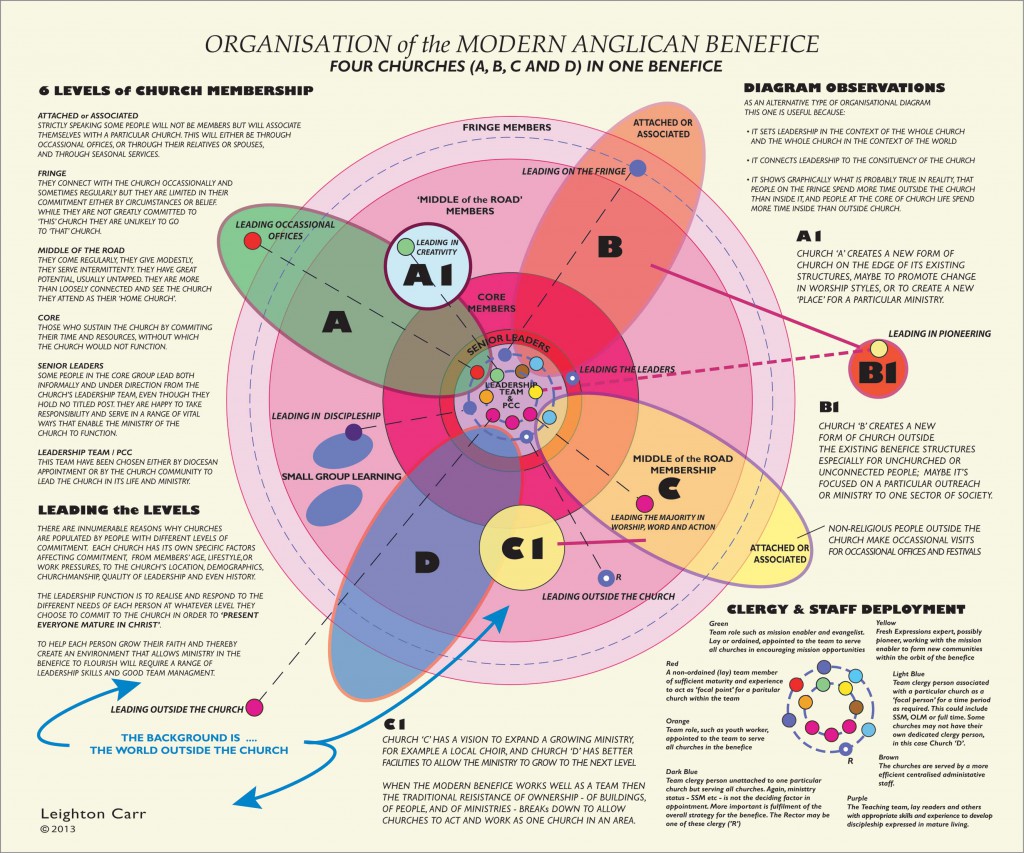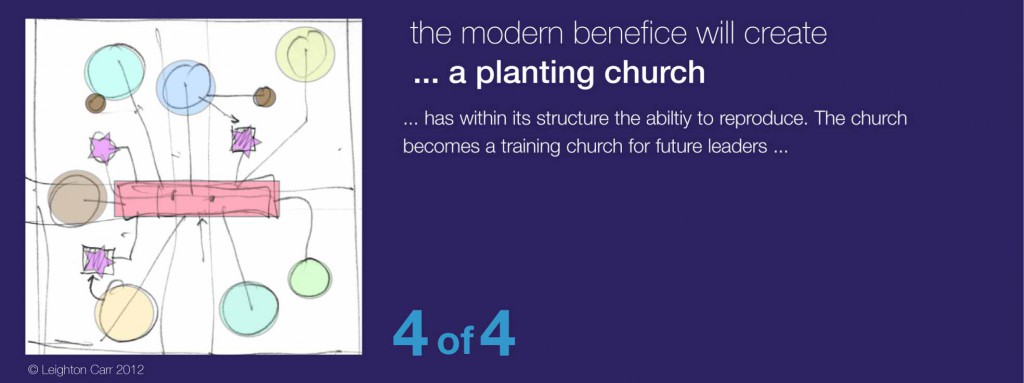One leadership question arising from the Organisation of the Modern Anglican Benefice is this:\r\n
“If you are a church leader, who are you leading?”
\r\nIt is easy to focus leadership efforts in church on a small group of core committed people.\r\n
- \r\n
- A group who ‘get it’.
- A group who will move forward willingly, not kicking and screaming.
\r\n
\r\n
\r\nIt is hard to lead across the levels of membership.\r\n
- \r\n
- A wide spectrum of people, from the uncommitted to the core member.
- A group who have different needs pastorally, theologically, socially.
\r\n
\r\n
\r\nIf the choice is made to lead only a few in the church, and not the whole church, then this leadership can be called many things.\r\n
- \r\n
- It can be called leading enthusiastic young adults.
- It can be called leading those who want to be led.
\r\n
\r\n
\r\nBut if most of the church aren’t being led there’s one thing it can’t be called:\r\n\r\n… it can’t be called church leadership.




